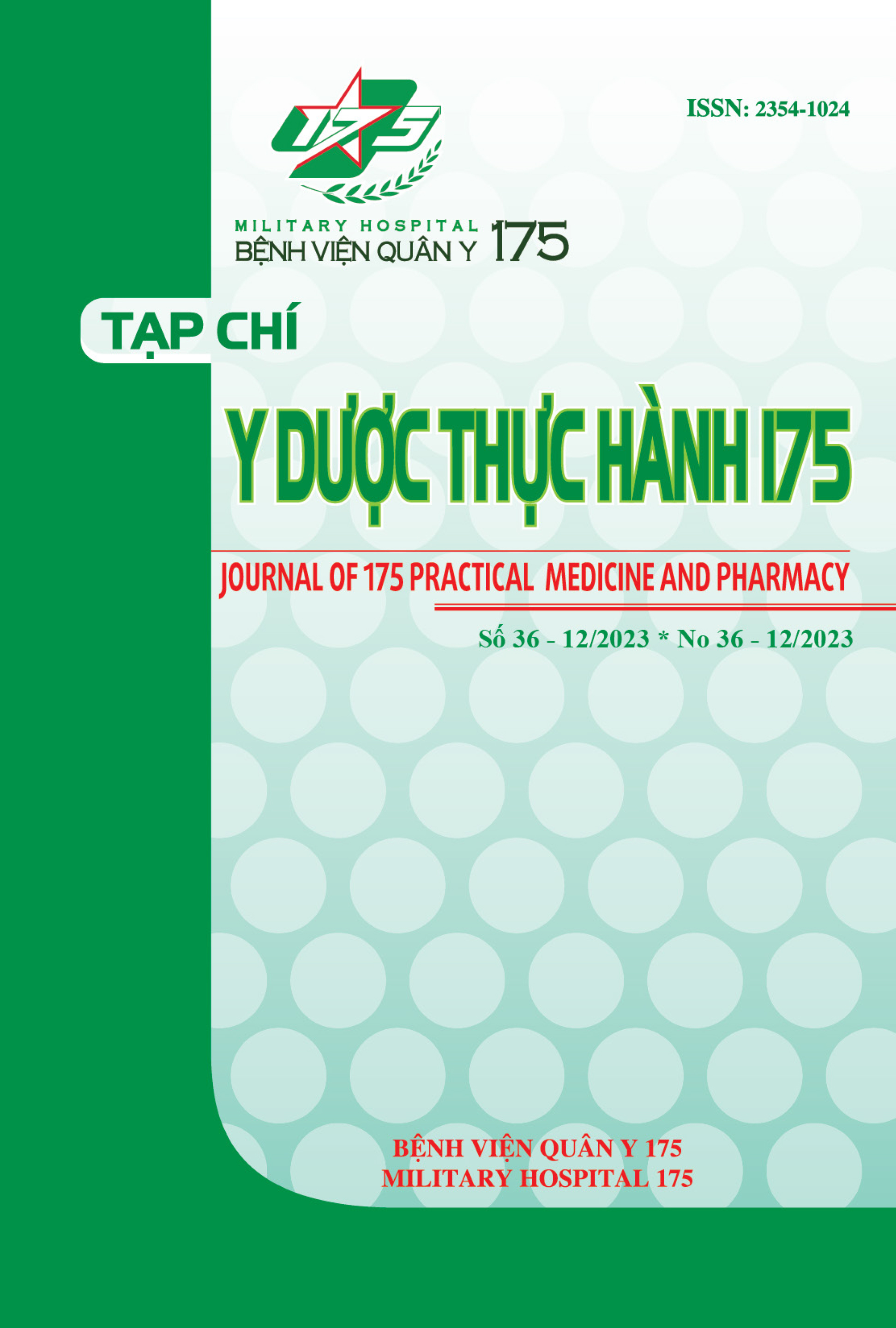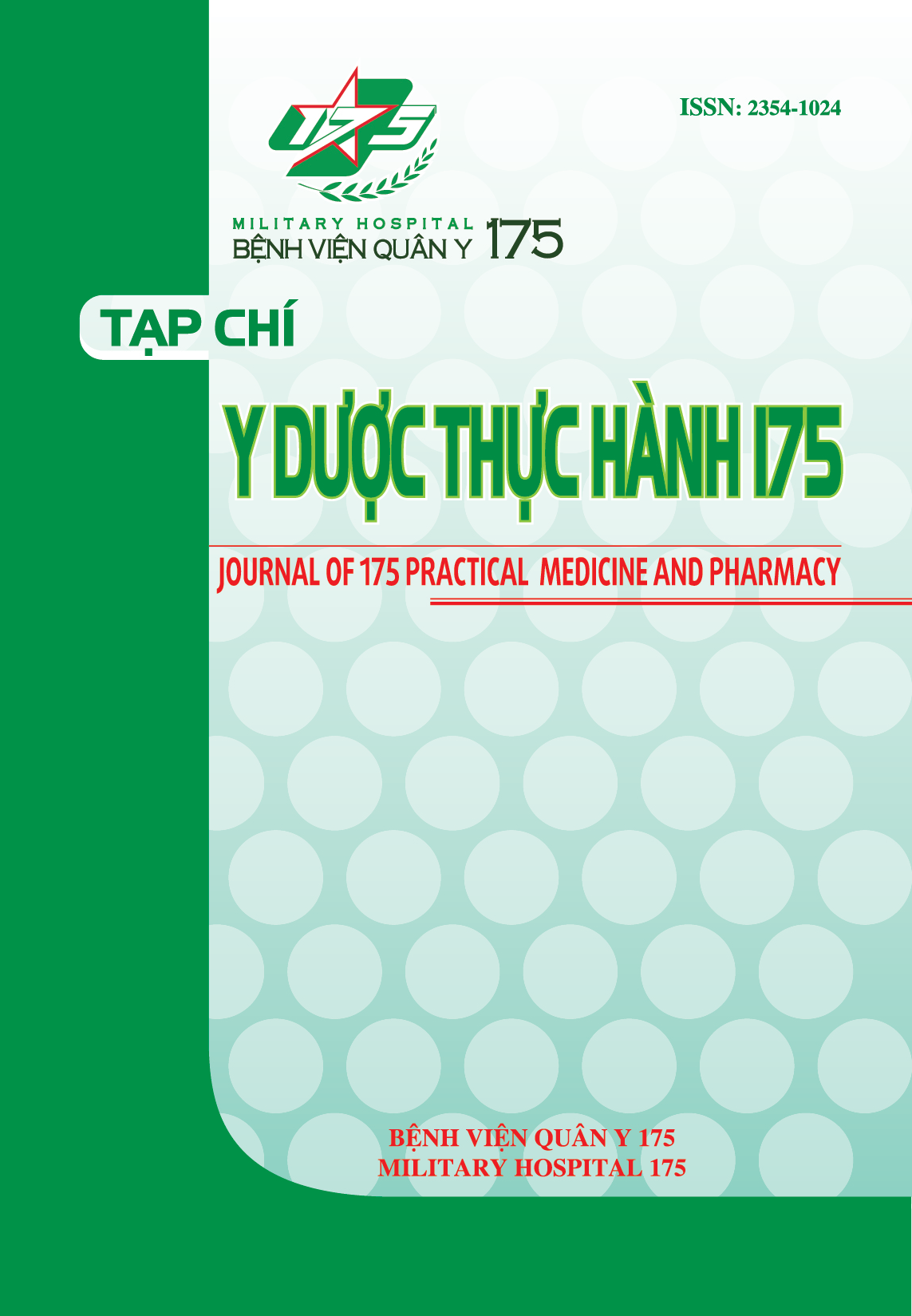INVESTIGATION OF PLATELET AGGREGATION IN PATIENTS WITH CORONARY ARTERY DISEASE TREATED WITH ASPIRIN AND/OR CLOPIDOGREL
Authors
DOI: https://doi.org/10.59354/ydth175.2023.251Keywords:
Platelet aggregation, coronary artery disease, drug resistanceReferences
Cassar A, Holmes DR Jr, Rihal CS et al. (2009). Chronic coronary artery disease: diagnosis and management. Mayo Clin Proc, 84(12):1130-46.
Gum PA, Kottke-Marchant K, Welsh PA et al. (2003). A prospective, blinded determination of the natural history of aspirin resistance among stable patients with cardiovascular disease. J Am Coll Cardiol, 41: 961-965.
Lê Tùng Lam (2012). Nghiên cứu độ ngưng tập tiểu cầu ở bệnh nhân trước và sau can thiệp đặt stent động mạch vành. Luận văn Thạc sỹ y học. Trường đại học Y Hà Nội.
Bonello L, Tantry US, Marcucci R et al. (2010). Consensus and future directions on the definition of high on-treatment platelet reactivity to adenosine diphosphate. J Am Coll Cardiol, 56(12):919-33.
René M’Pembele, Samantha Ahlbrecht, Carolin Helten et al. (2023), High On-Treatment Platelet Reactivity: Aspirin versus Clopidogrel, Pharmacology (2023) 108 (1): 83–89.
Mega JL, Close SL, Wiviott SD et al. (2009). Cytochrome p-450 polymorphisms and response to clopidogrel. N Engl J Med, 360(4):354-62.
Vũ Hồng Điệp (2000). Một số nhận xét về độ ngưng tập tiểu cầu ở người cao tuổi bình thường. Tạp chí Y học thực hành, 2:36-37.
Breet NJ, Sluman MA, van Berkel MA et al. (2011). Effect of gender difference on platelet reactivity. Neth Heart J., 19(11):451-457.
Sibbing D, von Beckerath O, Schömig A et al. (2007). Impact of body mass index on platelet aggregation after administration of a high loading dose of 600 mg of clopidogrel before percutaneous coronary intervention. Am J Cardiol, 100(2):203-5.
Downloads
PDF Downloaded: 157










